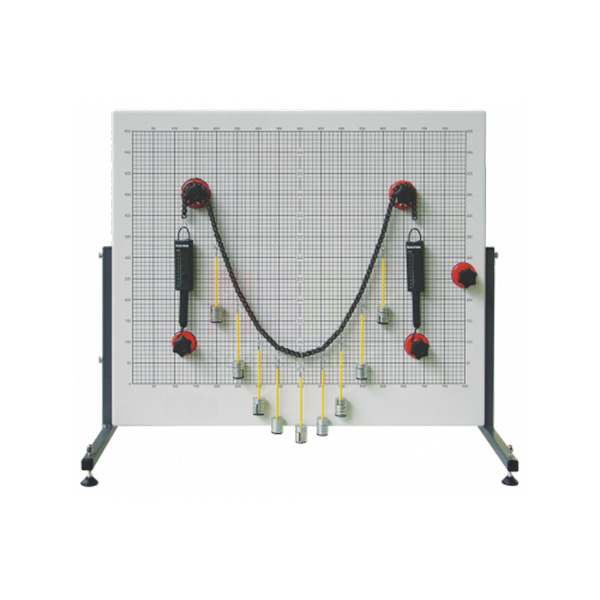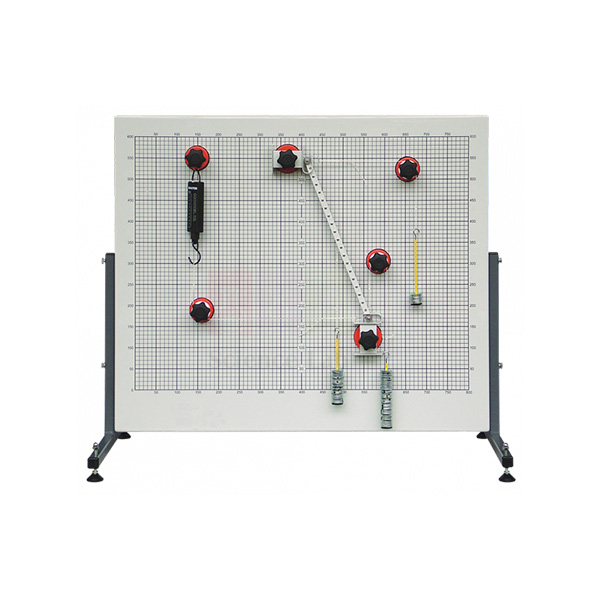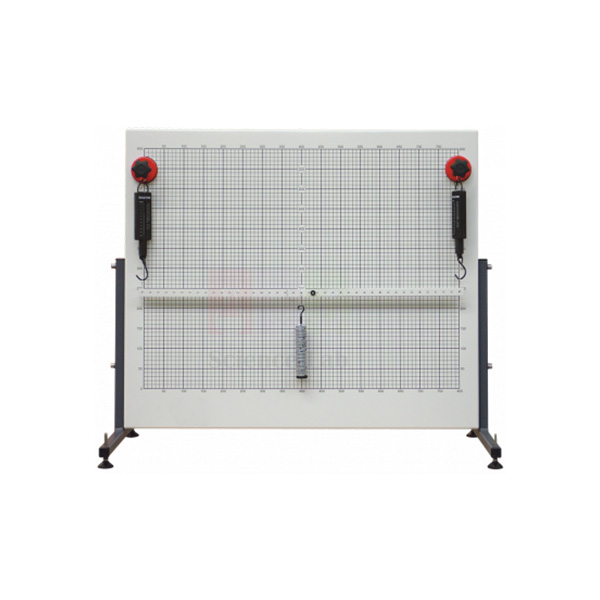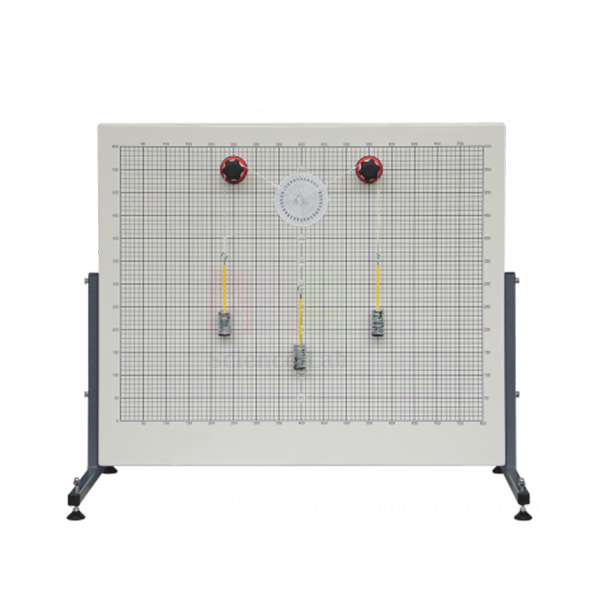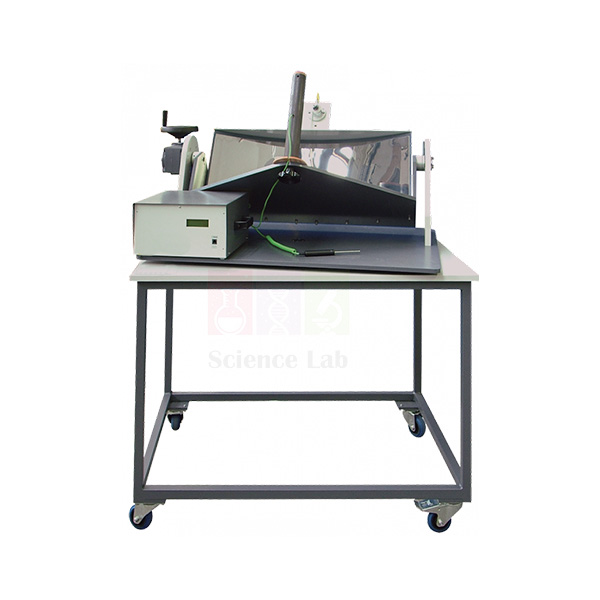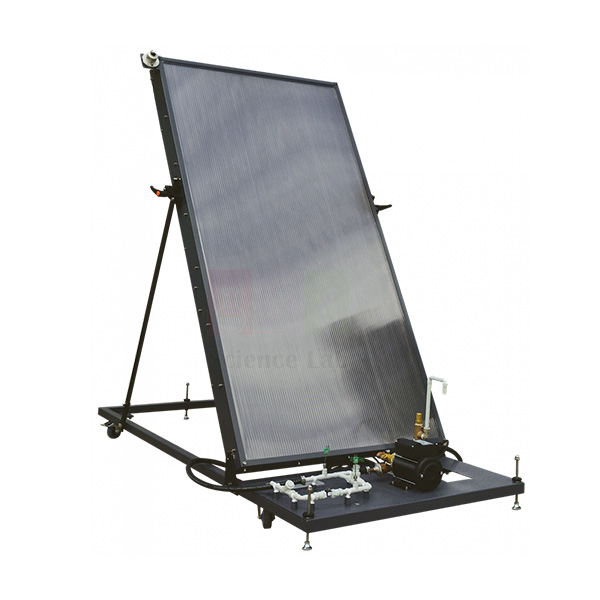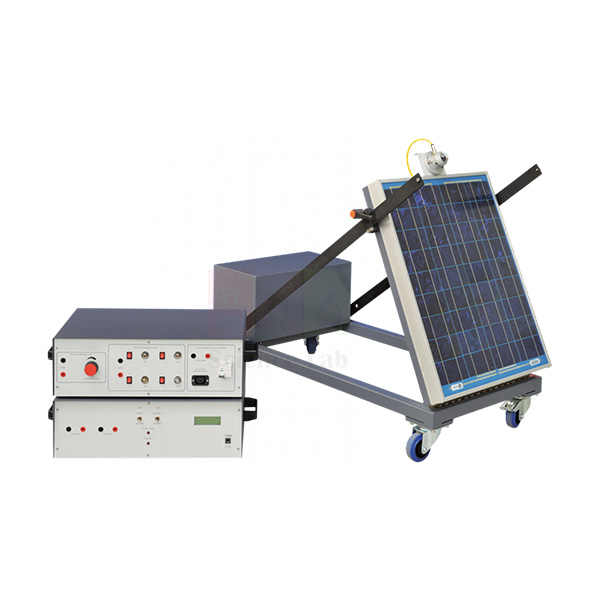- Chemistry Lab Equipment
- Biology Lab Equipment
- Anatomical Lab Equipment
- Learning
- Educational Lab Equipment
- Engineering Lab Equipment
- Magnets
- Agriculture
- Astronomy
- Bioenergy
- Dentistry
- Earth Science
- Geography Lab Equipment
- Gloves
- Greenhouse
- Safety Lab Coat
- Laboratory
- Laser
- Mask
- Meteorological
- Electricity & Magnetism
- Heat
- School Lab Equipment
- Hospital Lab Equipment
- Nutrition
- Water and Sanitation
- Lab Glassware
- Lab Equipment Manufacturer in Algeria
- Best Lab Equipment
- Scientific Lab Equipment
- Science Lab Equipment
- Tvet Lab Equipment
Scilab Export is the most prominent Statics Fundamental And Alternative Energy Equipment manufacturer and supplier in India. Our expertise lies in offering research and training equipment as well as industrial equipment employed in mechanical engineering and renewable energy. Our product range comprises force tables, lever systems, inclined planes, wind turbines, solar panels, and many others.
Additional statics fundamental and alternative energy equipment promotes healthy understanding and management of mechanical concepts and renewable energy. It enables the analysis and design of several mechanical systems, validation of force equilibrium, and investigation of alternative energy sources. All our educational and industrial equipment is highly sophisticated and embedded with state-of-the-art technology and software.
The use of our statics fundamental and alternative energy equipment has become rampant in engineering colleges, institutions, and research establishments. It is also utilized by industries in the field of manufacturing, construction, renewable energy and other various industries that make use of such equipment. Our equipment helps in capacity building of engineers and technicians, performing applied research, and creating new mechanical and renewable energy design solutions.
For all your statics, fundamental and alternative energy equipment requirements, choose Scilab Export as your trusted partner. We ensure that the products to be provided to you are high quality, the customer service is top class and the prices are affordable.
As a leading statics fundamental and alternative energy equipment manufacturer and supplier Quality enhancement is not just a catchphrase as we have undergone some restructuring to support selling excellent products to a broad marketplace. Our focus towards customers and their commitment has made them one of the preferred statics fundamental and alternative energy equipment suppliers.
Suspension Cable Demonstration
- For use with the Work Panel (STF1), the kit allows several experiments with a suspension cable.
- Spring balances measure the tension in the cable.
- Students or teachers fit the magnetic parts of the kit to the Work Panel to study or demonstrate the shapes and tensions in a suspension cable.
- The kit compares a suspension cable with a catenary cable and analyses results using catenary and parabolic theory. It includes a roller chain (the cable), held by magnetically mounted sprocket pulleys and a set of weight hangers and weights.
- The versatility of the kit means that you can create symmetrical and non-symmetrical cables, with point loads or with evenly-spread loads.
- Supplies each kit with a fully illustrated User Guide containing theory, experiments and typical results.
Contact Science Lab for your Educational School Science Lab Equipments. We are best high school maths lab kit manufacturers, high school physics lab equipment, high school science kits exporters, high school science lab equipment, high school science lab equipment manufacturers, high, school science lab equipments suppliers
Equilibrium Of Rigid Body
- For use with the Work Panel, the kit allows several experiments with a rigid body – a ladder structure.
- The versatility of the kit means that you can adjust the ladder angle between more than 15 to 45 degrees and try it with or without a climbing mass at any position along its length.
- The kit holds a model ladder at different angles with or without a ‘climbing mass’ and measures the horizontal and vertical forces.
- Students or teachers fit the magnetic parts of the kit to the Work Panel to study or demonstrate the forces around an inclined ladder-type structure.
- Supplies each kit with a fully illustrated user guide containing theory, experiments and typical results.
Equilibrium Of A Beam
- Students or teachers fit the magnetic parts of the kit to the Work Panel to study or demonstrate forces, moments and reaction forces around a rigid beam at equilibrium.
- The kit uses masses, magnetic mounts and spring balances to apply forces to a rigid beam.
- The versatility of the kit means that you can set up several different ways of supporting the beam, including simply supported or balanced.
- Students measure the forces around the beam at equilibrium and compare with theoretical values found from theory of moments and equilibrium.
Equilibrium Of A Force
- For use with the Work Panel, the kit allows several experiments with forces pulling on one or more points at different angles.
- Students may also set it to apply forces to two points.
- Uses masses, hooks, pulleys and cords to apply forces on a single point.
- The kit introduces ‘Bow’s Notation’ and the drawing method of finding the forces.
- Supplies each kit with a fully illustrated user guide containing theory, experiments and typical results.
- The versatility of the kit means that you can set up to five forces at any angles, using its cords, rings, magnetic mounts, magnetic protractors, pulleys, weights and a spring balance.
Focusing Solar Energy Collector
- A focusing solar energy collector on a mobile frame.
- Specially designed for educational use, the apparatus shows the principles, advantages and limits of this method of capturing solar energy.
- It is a highly-polished stainless steel parabolic reflector, supported on trunnion bearings on a turntable.
- By adjusting the horizontal and vertical position of the reflector, students focus solar energy onto an energy collector.
- The energy collector is a copper cylinder with an embedded thermocouple that measures the cylinder temperature.
- To enable students to compare different concentration ratios, supply four different sizes of energy collector.
- Attached to the reflector carrier is a solarimeter that measures the incident solar radiation.
- An extra thermocouple measures ambient temperature for reference.
- Also supplied is a removable transparent cover for the collector, so students can study the properties of shielded and unshielded collectors.
Flat Plate Solar Thermal Energy Collector
- This equipment shows how a flat plate solar energy collector works.
- Cold mains water enters the collector.
- Sunlight energy heats the water in the collector.
- A box with a clear cover encloses the panel, forming the collector.
- The collector has a purpose designed and built panel for quality and reliability.
- It allows students to measure and find the efficiency and heat losses of a flat plate solar energy collector.
- A sturdy mobile frame supports the collector. To allow users to adjust its angle, the frame has a hinge.
- The heated water returns to a pump that mixes the heated water with the incoming cold water.
- A pressure sensitive valve allows the heated water to leave the equipment at the same rate as cold water enters it.
- A flow transducer measures the water flow rate and a solarimeter (or pyranometer) measures incident radiation.
- The panel has a thin sheet metal absorber backed by riser tubes and insulating material to reduce heat loss to the rear.
Photovoltaic Cells
- It uses a commercially available solar panel made from high efficiency cells.
- A solarimeter on the frame measures incident radiation.
- The equipment also includes a second lower rated battery.
- A control module contains the charge controller.
- The panel recharges a choice of two batteries through a charge controller.
- The frame holds a high performance deep cycling battery in a storage box.
- The control module has digital displays and shows the panel and battery storage performance.
- It has indicators to show when the charge controller is in float mode and load cut mode.
- The charge controller recharges the battery at the correct rate of charge without damage to the battery.
- The solar panel is on a wheeled, lightweight frame that allows adjustment of panel angle, relative to the sun.
- This allows students to examine the charge and discharge cycle of the system in a typical laboratory session.
A separate loading unit includes:
- A variable resistive load to show battery performance.
- An inverter to show practical conversion to AC voltages.
- Four switchable lamps to show a practical application.
Contact Science Lab for your Educational School Science Lab Equipments. We are school educational lab equipments manufacturers, school lab equipment export, school lab equipment exporter, school lab equipment manufacturer, school lab equipment manufacturers, school lab equipment manufacturers in india.
